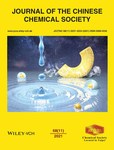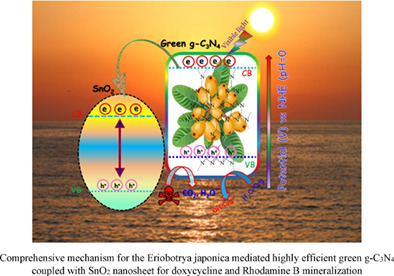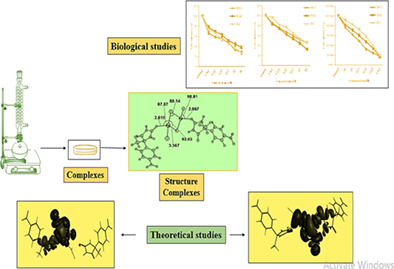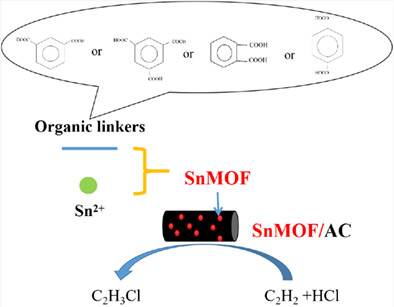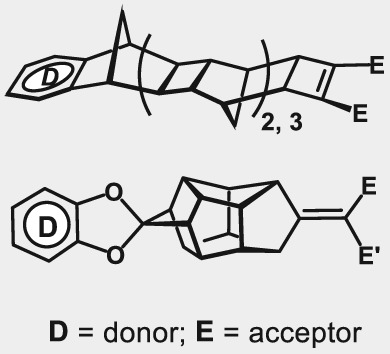Journal list menu
Export Citations
Download PDFs
COVER
Cover: Journal of the Chinese Chemical Society 12/2021
- Page: 2037
- First Published: 28 November 2021
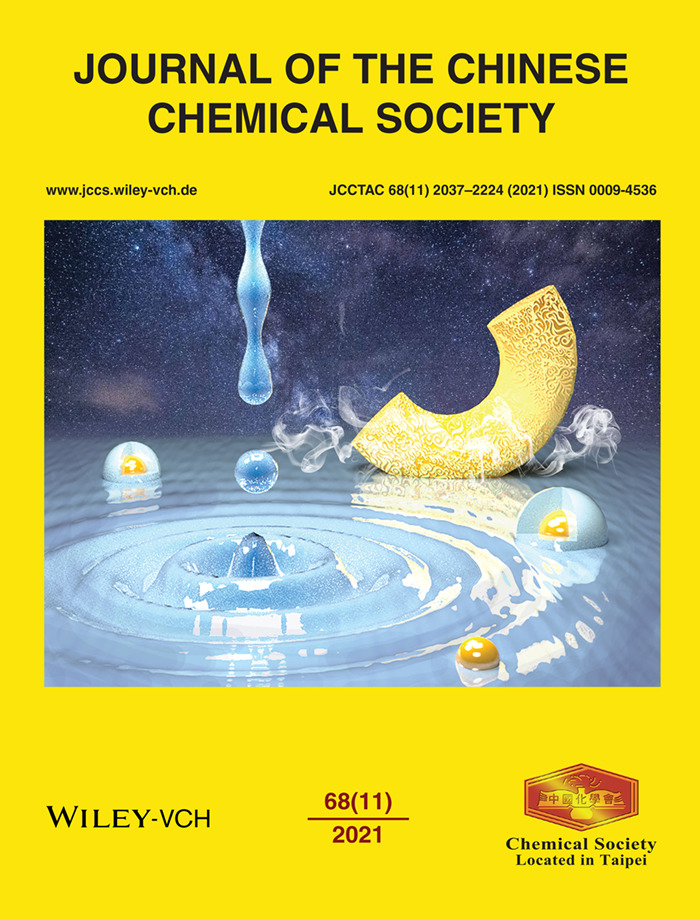
In this figure, the Rayleigh-instability-induced transformation of gold nanoparticle/polystyrene (AuNPs©PS) hybrid materials confined in the nanopores of anodic aluminum oxide (AAO) templates is investigated. Upon thermal annealing, the AuNPs©PS nanotubes undergo the Rayleigh-instabilityinduced transformation and four morphologies are obtained. More details about this figure will be discussed by Prof. Jiun-Tai Chen and his co-workers on page 2045-2053 in this issue.
CONTENTS
Contents: Journal of the Chinese Chemical Society 12/2021
- Pages: 2038-2044
- First Published: 28 November 2021
ISSUE INFORMATION
Issue Information: Journal of the Chinese Chemical Society 12/2021
- First Published: 28 November 2021
INVITED PAPER
Rayleigh-instability-induced transformation for confined polystyrene-grafted gold nanoparticles in anodic aluminum oxide templates
- Pages: 2045-2053
- First Published: 08 September 2021
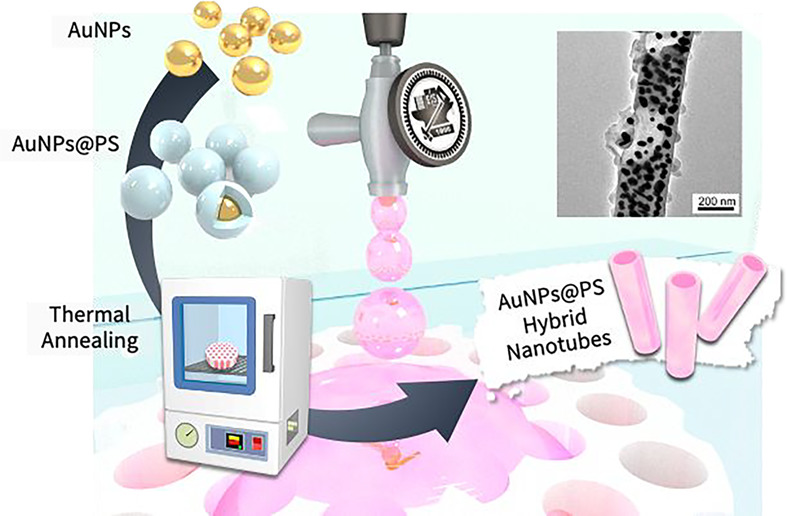
Weinvestigate the Rayleigh-instability-induced transformation of goldnanoparticle/polystyrene (AuNPs@PS) hybrid materials confined in the nanoporesof anodic aluminum oxide (AAO) templates. The AuNPs@PS hybrid materials arethen introduced into the nanopores of the AAO templates by the solution wettingmethod to obtain the AuNPs@PS nanotubes. Upon thermal annealing, the AuNPs@PSnanotubes undergo the Rayleigh-instability-induced transformation and fourmorphologies are obtained.
ARTICLES
Size-dependent Auger recombination in CdSe quantum dots studied by transient absorption spectroscopy
- Pages: 2054-2059
- First Published: 23 July 2021
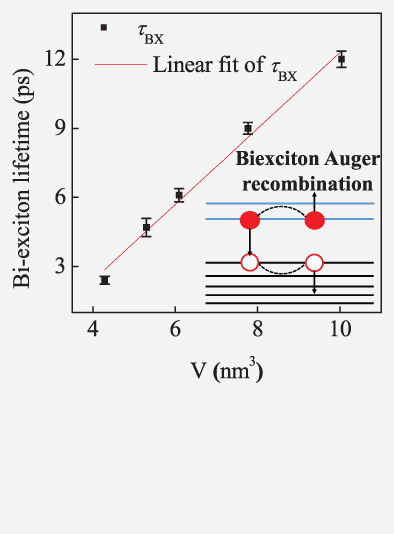
This work is about the bi-exciton Auger recombination process by virtue of the transient absorption spectroscopy of CdSe QDs with various sizes. The graphical abstract shows the bi-exciton lifetime (τBX) as a function of size for CdSe QDs in a narrow size range. The inset is a schematic diagram illustrating the bi-exciton Auger recombination process.
Dipole-bound states and substituent effects of Breslow intermediates in the enolate form
- Pages: 2060-2070
- First Published: 31 August 2021
Fe3O4@C@prNHSO3H: A novel magnetically recoverable heterogeneous catalyst in green synthesis of diverse triazoles
- Pages: 2071-2084
- First Published: 20 August 2021
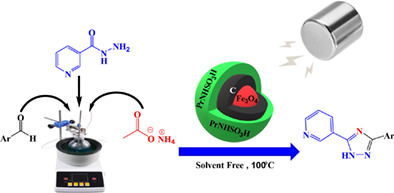
A novel Fe3O4@C@PrNHSO3H NPs were proposed, synthesized, and fully described by TEM, FE-SEM, EDX, VSM, TGA, XRD, FT-IR, and XPS analysis.The Fe3O4@C@PrNHSO3H NPs were introduced as an efficient catalyst in the green synthesis of triazole derivatives.The Fe3O4@C@PrNHSO3H NPs could be effectively recycled and reused for six runs with the desired catalytic activity.
Magnetic field-assisted photochemical oxidation of benzyl alcohol to corresponding aldehydes by introducing TiO2(P25)-ZnO/Fe3+ as a novel nanophotocatalyst
- Pages: 2085-2092
- First Published: 22 August 2021
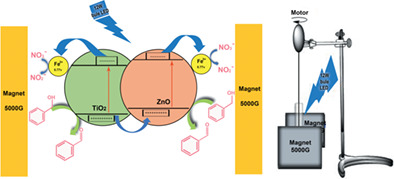
TiO2(P25)-ZnO was surface modified by Fe3+. The synthesized nanophotocatalyst activity was well determined by, diffuse reflectance spectroscopy, energy dispersive X-ray, X-ray diffraction, and scanning electron microscope analyses. Then was applied for the selective oxidation of benzyl alcohols to the corresponding aldehydes. For the first time, the presence of an external magnetic field (5,000 G) contemporary 12w blue LED irradiation on the photoreaction was studied. Valuable results were obtained. Photoreaction was performed in the shortest time. As a result of that the time of photoreaction declined considerably up to 65%.
Eriobotrya japonica assisted green synthesis of g-C3N4 nanocomposites and its exceptional photoactivities for doxycycline and rhodamine B degradation with mechanism insight
- Pages: 2093-2102
- First Published: 26 August 2021
The picric acid removal from aqueous solutions by multi-walled carbon nanotubes/EDTA/carboxymethylcellulose nanocomposite: Central composite design optimization, kinetic, and isotherm studies
- Pages: 2103-2117
- First Published: 09 September 2021
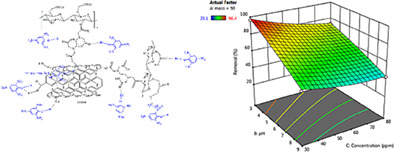
The removal of picric acid using MWCNT-EDTA-CMC was studied for the first time. Picric acid adsorption by MWCNT-EDTA-CMC was optimized by RSM-CCD. Optimum conditions were obtained 0.05 g dosage, pH 3, 30 mg L−1 concentration at 60 ml of solution. The pseudo second-order kinetic and Freundlich isotherm models best described the picric adsorption. The MWCNT-EDTA-CMC composite is reusable for 3th cycle.
Photocatalytic activity enhancement of carbon-doped g-C3N4 by synthesis of nanocomposite with Ag2O and α-Fe2O3
- Pages: 2118-2131
- First Published: 22 September 2021
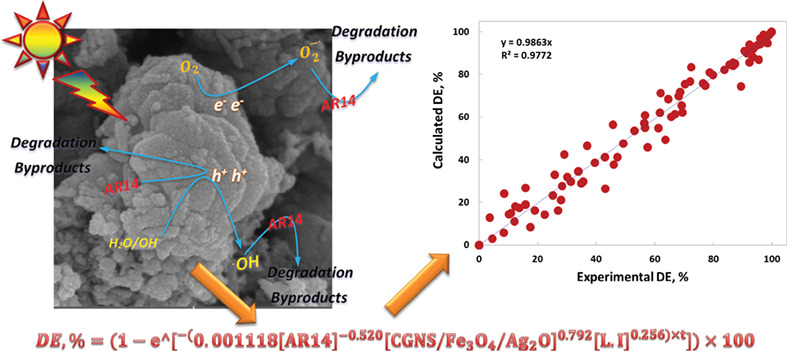
Carbon-doped g-C3N4 (CGNS) nanocomposite with Ag2O and α-Fe2O3 has been synthesized to improve g-C3N4 photocatalytic activity. The prepared CGNS/Ag2O/α-Fe2O3 (GAF (with mass ratio 3:2:1)) nanocomposite exhibits the expanded visible light absorption region leading to the enhanced photocatalytic performance for Acid Red 14 (AR14) degradation. A nonlinear empirical kinetic model development for prediction of degradation efficiency of AR14 on nanocomposite.
Synthesis of nanorods assembled V-doped WO3 microspheres and the catalytic performance in thermal decomposition of ammonium perchlorate
- Pages: 2132-2139
- First Published: 05 August 2021
Synthesis, characterization, theoretical study and biological activity studies of the mercury (II) complexes of 5-methyl-5-(4-nitrophenyl)-hydantoin
- Pages: 2140-2150
- First Published: 25 August 2021
Effect of COOH in organic linkers on the hydrochlorination performance of SnMOF-based catalysts
- Pages: 2151-2163
- First Published: 27 September 2021
Synthesis, characterization, thermal degradation, docking, DFT calculation, and biological activity of dimethyltin(IV) complex with homopiperazine
- Pages: 2164-2176
- First Published: 09 September 2021
A pair of chiral Cu(II)-Tb(III)-Fe(III) heterotrimetallic enantiomers: Structural, luminescent, and magnetic studies
- Pages: 2177-2184
- First Published: 17 September 2021
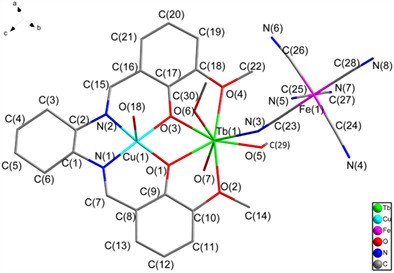
Complex 1, a chiral CuIITbIIIFeIII heterotrimetallic compound derived from H2(R,R)-valcy, has been prepared and structurally characterized by X-ray single-crystal diffraction. Magnetic studies show overall weak ferromagnetic interaction and magnetic anisotropy. Complexes 1 and 2 (enantiomer of 1) are isomorphous exhibiting similar fluorescence properties.
An effervescence-assisted dispersive liquid–liquid micro-extraction of captopril based on hydrophobic deep eutectic solvent
- Pages: 2185-2193
- First Published: 23 August 2021
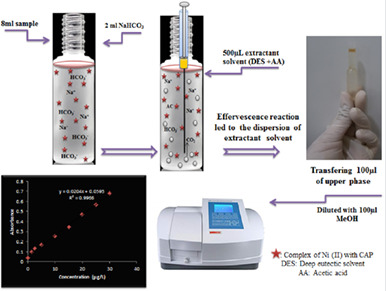
The HDES was synthesized from Aliquat 336 as hydrogen bond acceptor and β-CD as hydrogen bond donor has significant properties, such as low volatility, wide liquid range, low vapor pressure, and nontoxicity. The in situ produced CO2 bubbles resulting from the reaction between acetic acid and NaHCO3 was used as a disperser to disperse the extraction solvent (HDES).
Photoelectrochemical biosensor for lead ion determination based on complementary strand aptamers
- Pages: 2194-2201
- First Published: 03 August 2021
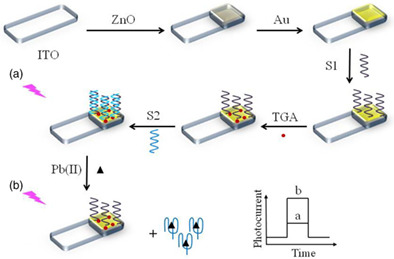
In this paper, a simple and sensitive photoelectrochemical method was designed for lead ion detection by using ZnO nanorods as the photoactive substrate and complementary strand aptamers as target recognition element. This method provided some experimental support for further exploration and establishment of complex aptamer recognition system, as well as quantitative analysis of heavy metal ions.
Response surface methodology optimization of supramolecular dispersive liquid-liquid microextraction-solidified floating organic drop of brilliant green and its spectrophotometric determination
- Pages: 2202-2210
- First Published: 12 September 2021
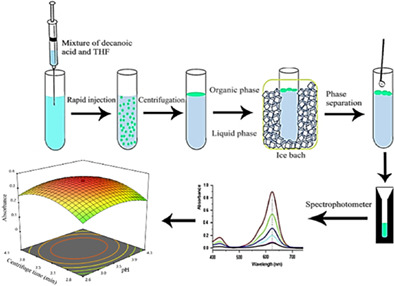
A supramolecular dispersive liquid-liquid microextraction-solidified floating organic drop method is presented for the extraction of brilliant green before its determination by spectrophotometry. The ion-pair of brilliant green with sodium dodecyl sulfate is extracted into the coacervates made up of decanoic acid reverse micelles in the tetrahydrofuran-water mixture. The effective parameters on the extraction of the analyte are optimized using the central composite design.
Synthesis of rod-shaped dipolar compounds for the study of long-range electronic interactions
- Pages: 2211-2223
- First Published: 27 July 2021
PREVIEW
Preview: Journal of the Chinese Chemical Society 12/2021
- Page: 2224
- First Published: 28 November 2021




